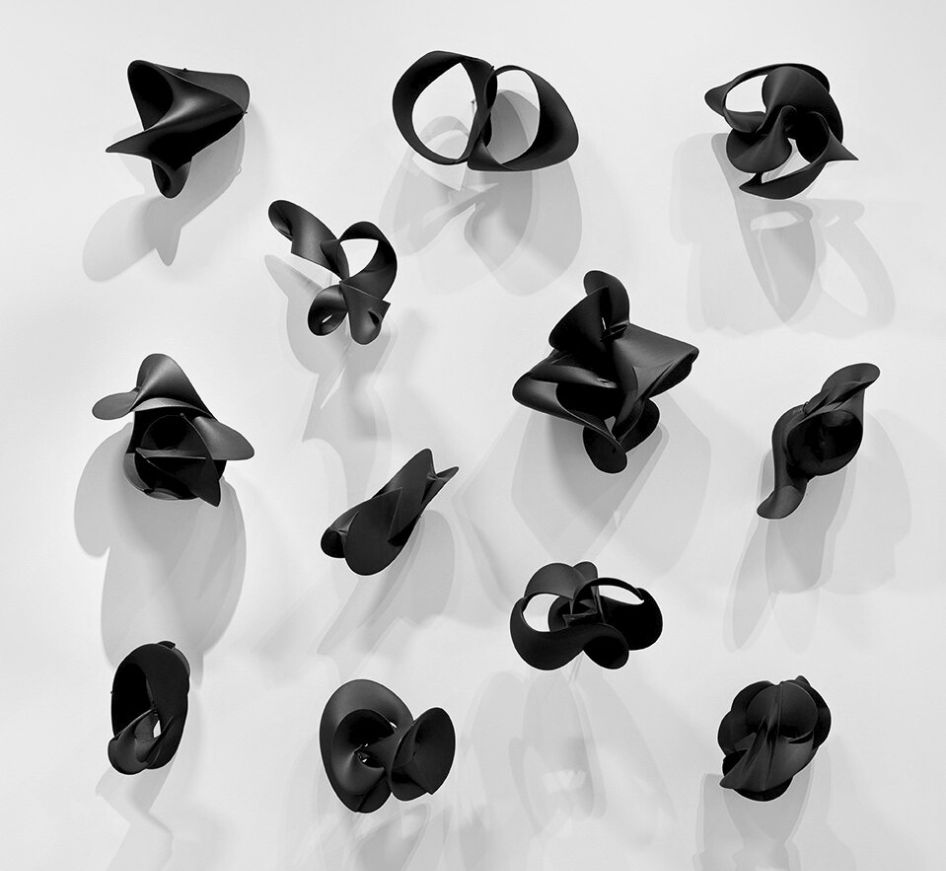Modularity as an Aesthetic Category
Publication
Anton Ginzburg: Dresden Modular, exhibition catalog with essays by Lev Manovich, Gwendolyn Kremer, Rebekka Roschy, Axel Voigt and Anton Ginzburg (Sandstein Verlag, 2024).
Ginzburg's artworks discussed in the essay: A&I at Technical University of Dresden.
Abstract
In its usual meaning, “modularity” refers to modules, i.e., standardized parts of units employed in design and architecture. Famous 20th-century examples of modular architecture include Plug-in City by Archigram (1964), Moshe Safdie’s Habitat 67, and Nakagin Capsule Tower by Kisho Kurokawa (1972).
I first used the term “modularity” in my book The Language of New Media (2001). The book proposed five principles of computational media; “modularity” was one of them. I noticed that digital artifacts are often made up of multiple components. When combined together in one artifact, these components keep their individual identities and can be assembled into other artifacts.
In this essay, I develop the concept further. Rather than only seeing it as a key feature of digital media, I suggest that "modularity" can be used as a general aesthetic category useful for the analysis of both historical and contemporary art. To test the usefulness of this extended concept, I will use it to discuss three digital art projects by contemporary artist Anton Ginzburg created during his 2021 residency at the TUD Dresden University of Technology’s Schaufler Lab.
The two key terms that we have for understanding the organization of visual elements in art are "composition" and "montage." The limitation of these categories is that both assume certain aesthetics, so they are not neutral descriptions of a work's structure. The first is an older category that assumes harmony and coordination among elements making up the whole. The second is a modern category that assumes the parts produce strong contrast, conflict, and even dissonance. The modularity term, in my opinion, has the advantage of being more neutral and avoiding the introduction of additional assumptions into aesthetic analysis.

